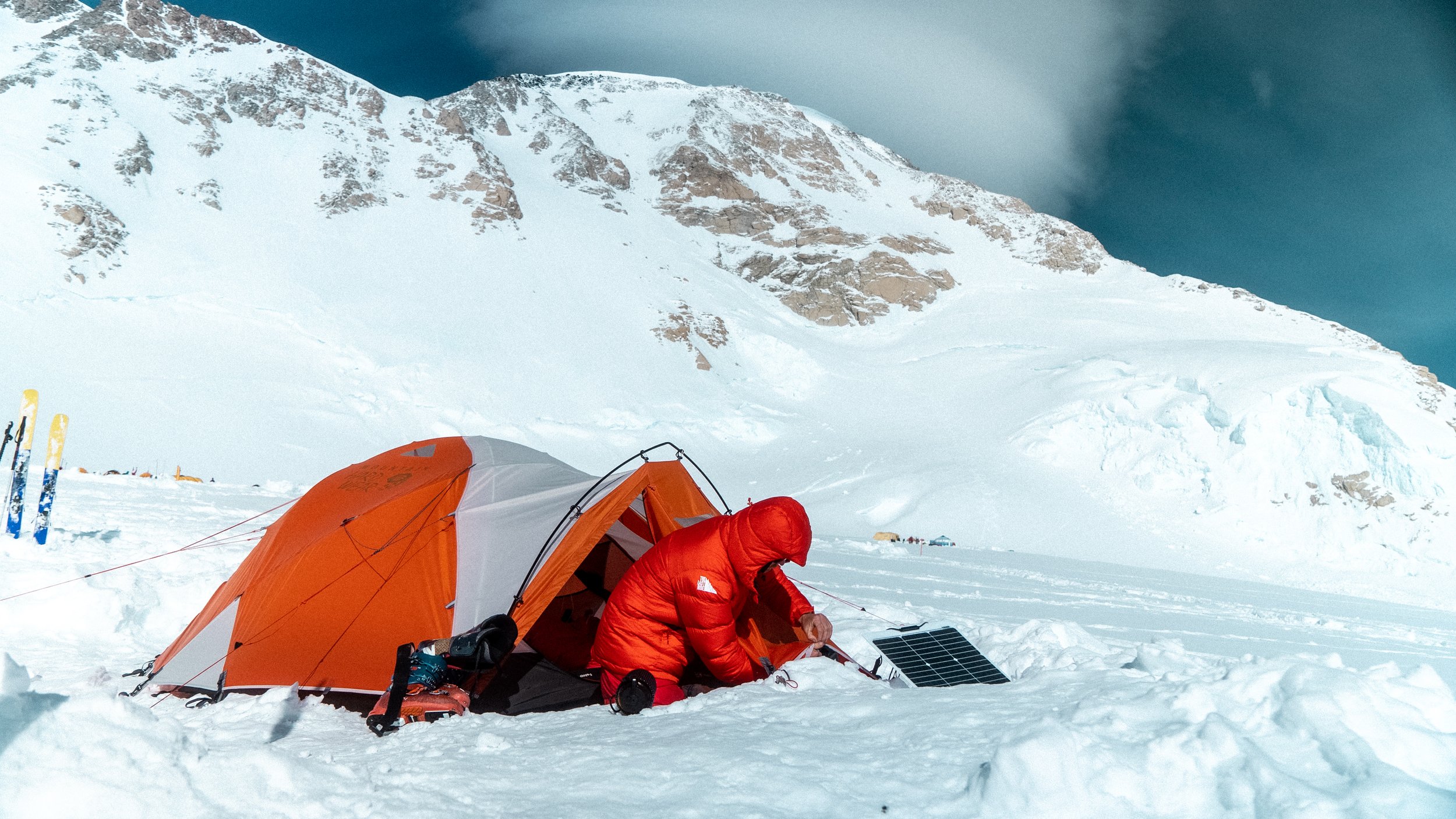
The Elephant in the room
our impact
Embarking on a journey across all seven continents to create a documentary about climate change might seem a bit contradictory, and we thought so too. It marked the beginning of our quest to understand how we could address this issue both in our documentary and, more importantly, in our roles as skiers and filmmakers.
Our initial focus was on minimizing our carbon footprint. To achieve this, we took several sustainable actions:
Opting for the most sustainable travel solutions available.
Utilizing local crew members to reduce the need for UK-based personnel.
Embracing borrowed equipment to support the circular economy.
Preferring local guides and transportation to contribute to local economies and reduce travel.
Adopting a plant-based, low-impact diet.
Collaborating exclusively with companies that prioritize the planet over profits.
Even after these efforts, there remained a residual impact that needed addressing. This is where the world of carbon credits, carbon offsetting, and carbon capture came into play. But what exactly are these terms, and how can they further our mission?
i am confused!
-
Carbon credits are a market-based mechanism designed to reduce greenhouse gas emissions. They represent a unit of reduction or removal of one metric ton of carbon dioxide (CO2) or its equivalent in other greenhouse gases. These credits are issued to organizations or projects that successfully reduce emissions below a predetermined baseline. Companies can purchase these credits to offset their own emissions, effectively investing in emissions reduction projects elsewhere. The idea is to create financial incentives for emission reduction and sustainable practices.
-
Carbon offsets are a practical application of carbon credits. They allow individuals or companies to compensate for their own emissions by investing in projects that reduce or capture an equivalent amount of emissions elsewhere. These projects can include renewable energy installations, reforestation initiatives, or methane capture from landfills. Carbon offsets provide a way for individuals and businesses to balance their carbon footprint and take responsibility for their emissions.
-
Carbon capture involves capturing CO2 emissions from industrial processes or directly from the atmosphere and storing them to prevent their release into the atmosphere. This technology aims to reduce the amount of CO2 in the atmosphere, mitigating climate change. Carbon capture can be achieved through various methods, including direct air capture (removing CO2 from the air) and carbon capture and storage (capturing CO2 at its source and storing it underground).
Positives:
Emission Reduction: Carbon credits and offsets incentivize emission reduction and promote sustainable practices.
Global Impact: They allow individuals and companies to contribute to emissions reduction projects worldwide.
Technological Advancements: Carbon capture technologies hold promise for reducing atmospheric CO2 levels.
Negatives:
Risk of Greenwashing: Some carbon offset projects may not deliver the promised emission reductions, leading to accusations of greenwashing.
Not a Substitute: Carbon offsets should not replace genuine efforts to reduce emissions at the source.
Limited Scope: Carbon capture technologies are still in the early stages and face challenges like energy consumption and cost.
To make our lives more sustainable, we can use carbon credits and offsets as part of a broader strategy
Reduction First: Prioritize emission reduction at the source through energy efficiency, renewable energy adoption, and lifestyle changes.
Offset Real Emissions: Purchase high-quality, verified carbon offsets to compensate for emissions that cannot be eliminated.
Support Innovation: Invest in and support research and development of carbon capture technologies to accelerate their effectiveness and affordability.
Transparent and Ethical Choices: Choose reputable carbon offset providers and verify the impact of offset projects.
By incorporating carbon credits, offsets, and supporting carbon capture into our sustainability efforts, we can take meaningful steps towards reducing our carbon footprint and combating climate change while working towards a more sustainable future.
How are we addressing our 58-ton impact sevenfold across seven continents?
We've made a commitment to offset and capture our impact seven times over, employing a unique approach for each of the seven continents on our journey. Our aim is to shed light on the positives, negatives, and the diverse range of technologies available.
Here's a glimpse of our initiatives across the globe:
By undertaking these varied projects, we aim to not only offset our carbon footprint but also showcase the multifaceted world of carbon offsetting and capture technologies.




